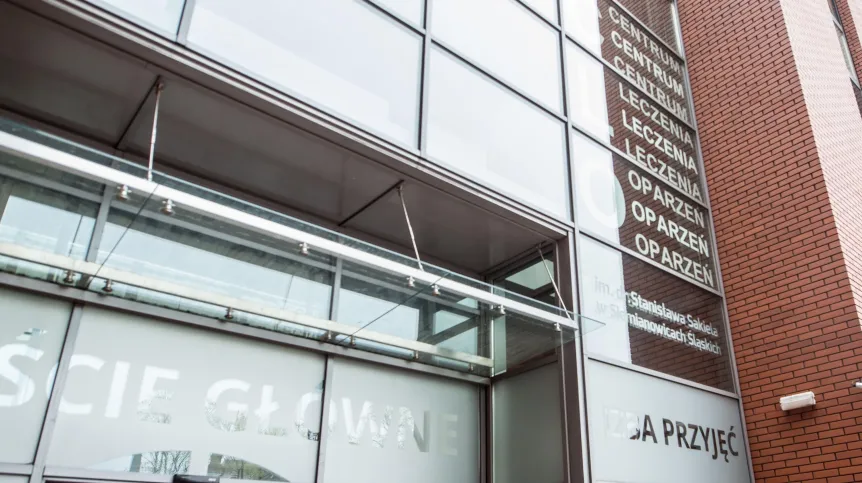
First, collect a healthy skin fragment from a burn victim in an operating room, then grow its cells in a special bottle for a few weeks. Finally, apply them to a partially healed burn wound.
That is how the experts from the Burn Treatment Centre in Siemianowice Śląskie, Poland's leading institution in the treatment of burn injuries and chronic wounds, help patients to minimize scars, restore the natural appearance and comfort of life.
Skin from a sample taken by surgeons is grown with by employees of the Burn Treatment Centre Tissue bank.
Head of the Tissue Bank, Dr. Agnieszka Klama-Baryła, said: “The process takes 2-3 weeks. Skin fragments are usually collected from the arms and legs, not from the scalp (only as a last resort from the occipital part) or the soles of the feet, where the skin is too thick. It is important that the place of collection is as far as possible from the burn wound. This reduces the risk of infection of the collected fragment, and microbiological infection from the patient is the most common cause of culture failure.”
Tissue Bank employees place the collected material in special bottles designed for culturing cells, and then multiply keratinocytes (epidermal cells) and fibroblasts (connective tissue cells). For this purpose, special growth media containing mineral salts and amino acids added to the bottle every 48 hours, and every 24 hours the culture is monitored under a microscope.
Dr. Klama-Baryła said: “The rate of multiplication depends of factors including the patient's individual traits and age - a child's skin grows quickly and nicely, in the case of the elderly it takes more time.”
Between 10million and 150million cells can be grown under these conditions. A matrix is needed to apply them to a properly prepared burn wound. For this purpose, the patient's own skin is also used, which after collection is 'meshed' (small holes are made in it) and stretched, which allows to cover the wound that is up to 3 times larger than the fragment originally taken from a healthy place.
On the day of the procedure, blood is taken from the patient and used to prepare a concentrate based on platelet rich plasma containing a very large amount of growth factors.
Klama-Baryła continued: “Plasma is used for regeneration and renewal also in orthopaedics, dentistry and cosmetology, where it is called +vampire lifting+. In our centre, this technology is used for treatment, not beautification.”
Once the burn wound has reached the appropriate healing stage, a skin matrix is placed on it with grown skin and epidermis cells in a plasma and tissue glue concentrate, also obtained from the patient's own blood. This preparation has a consistency of a thick gel.
Klama-Baryła said: “The patient's body accepts this application of the advanced therapy medicinal product very well because these are the patient's own cells, so there is no problem with rejection. It is a bit more difficult when, due to the large surface of burns, there is no way to collect healthy skin. Then we use the skin taken from multi-organ donors, prepared to remove its cells. This significantly reduces the risk of its rejection.”
Klama-Baryła said: “If everything goes according to plan, the patient gains his own new skin. It may not look nice at first, because it is red, sometimes you can also see the mesh, but all this improves over time as the skin heals, and the skin tone gets better.”
She admits that skin culturing is a very interesting but stressful work, adding: “The best thing, however, is that we help people to regain health and good appearance, which is very satisfying.”
(PAP)
Author: Anna Gumułka
lun/ mir/ kap/
tr. RL













